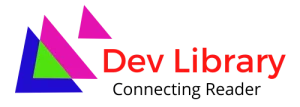A number of techniques or tools are used for the purpose of managerial control. Some of the techniques are used for the control of the overall performance of the organisation, and some are used for controlling specific areas or aspects like costs, sales, etc. The various techniques of control can be classified into categories, viz.
The important Traditional or Conventional techniques are: Direct supervision and observation, Budgetary Control, Standard Costing, Break-even Analysis, Inventory Control, Internal Audit, Statistical Data Analysis, Production Planning and Control.
Some of the techniques are discussed below
1. Direct Supervision and Observation: 'Direct Supervision and Observation' is the oldest technique of controlling. The supervisor himself observes the employees and their work. This brings him in direct contact with the workers. So, many problems are solved during supervision. The supervisor gets first hand information, and he has better understanding with the workers.
2. Budgetary Control: A budget is a planning and controlling device. Budgetary control is a technique of managerial control through budgets. It is the essence of financial control. Budgetary control is done for all aspects of a business such as income, expenditure, production, capital and revenue. Budgetary control is done by the budget committee.
3. Break Even Analysis: Break-even analysis is a simple control tool. Break Even Analysis or Break Even Point is the point of no profit, no loss. The Break-even analysis acts as a control device. It helps to find out the company's performance. So the company can take collective action to improve its performance in the future.



